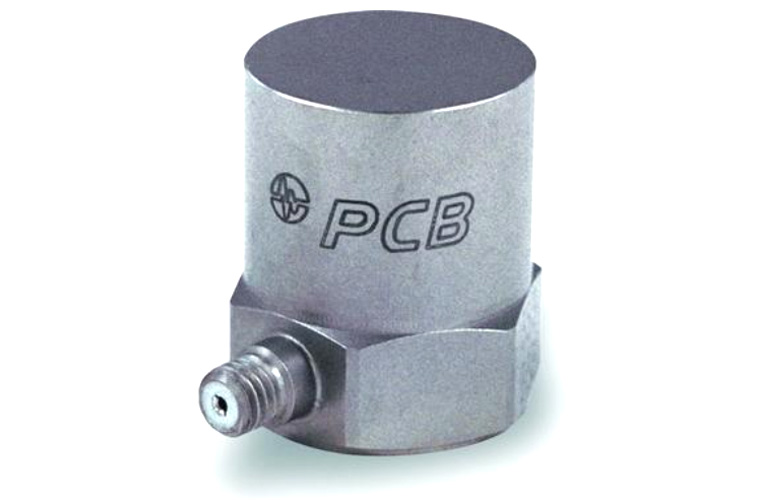Main Menu
- Home
- Product Finder
- Calibration Systems
- Calibration Services
- Digital Sensing
- Industrial Vibration Calibration
- Modal and Vibration Testing
- Non-Destructive Testing
- Sound & Vibration Rental Program
- Learn
- About Us
- Contact Us
 One of the most significant investments for manufacturers of quality dynamic piezoelectric sensors (force, pressure, vibration) is the machinery to ensure a hermetic seal of the transducer
casing from contaminants in the outside world. Specifically, this means the technology and equipment to produce the glass-to-metal seal in a hermetic signal cable connector, and also the laser welder to seal the finished transducer casing.
One of the most significant investments for manufacturers of quality dynamic piezoelectric sensors (force, pressure, vibration) is the machinery to ensure a hermetic seal of the transducer
casing from contaminants in the outside world. Specifically, this means the technology and equipment to produce the glass-to-metal seal in a hermetic signal cable connector, and also the laser welder to seal the finished transducer casing.
The sensor sealing is critical due to the high impedance signal path at the heart of the piezoelectric crystal transduction. A typical piezoelectric sensor signal starts as a high impedance charge collected at the internal electrode attached to the internal piezoelectric crystals. This high impedance charge is then converted into a low impedance voltage by a miniature FET circuit internal to an ICP® sensor. Critical to the proper operation of this circuit is maintaining a high insulation resistance, which is extremely sensitive to moisture among other contaminants. If the hermetic seal is lost (through either the connector seal or a porous weld), moisture can permeate the packaging as the sensor goes through heat cycling, causing the sensor to "breathe" through the leak.
The hermetic seal is also useful for sealing in an inert gas for high temperature sensors to prevent oxidation of the internal components as operating temperatures may exceed 1000 degrees Fahrenheit. Conversely, for cryogenic sensors, sealing an inert gas inside the sensor eliminates the presence of moisture (in the form of humidity at the time of sealing), which can condense when operating temperature dips below -300 degrees Fahrenheit.
Symptoms of loss of insulation resistance are a shortening of the discharge time constant (which can be measured by a gravimetric drop test) and the resulting decrease in low-frequency response (which can also be characterized and calibrated with a long stroke exciter, low-frequency calibration system option).
Interviewing your chosen manufacturer for state-of-the-art manufacturing equipment, as well as ISO 9001 and ISO 17025-certified quality systems is your best preventative action against problem sensor behavior. If there are any concerns with your manufacturer or sensor performance, an annual calibration including low-frequency characterization is also recommended.